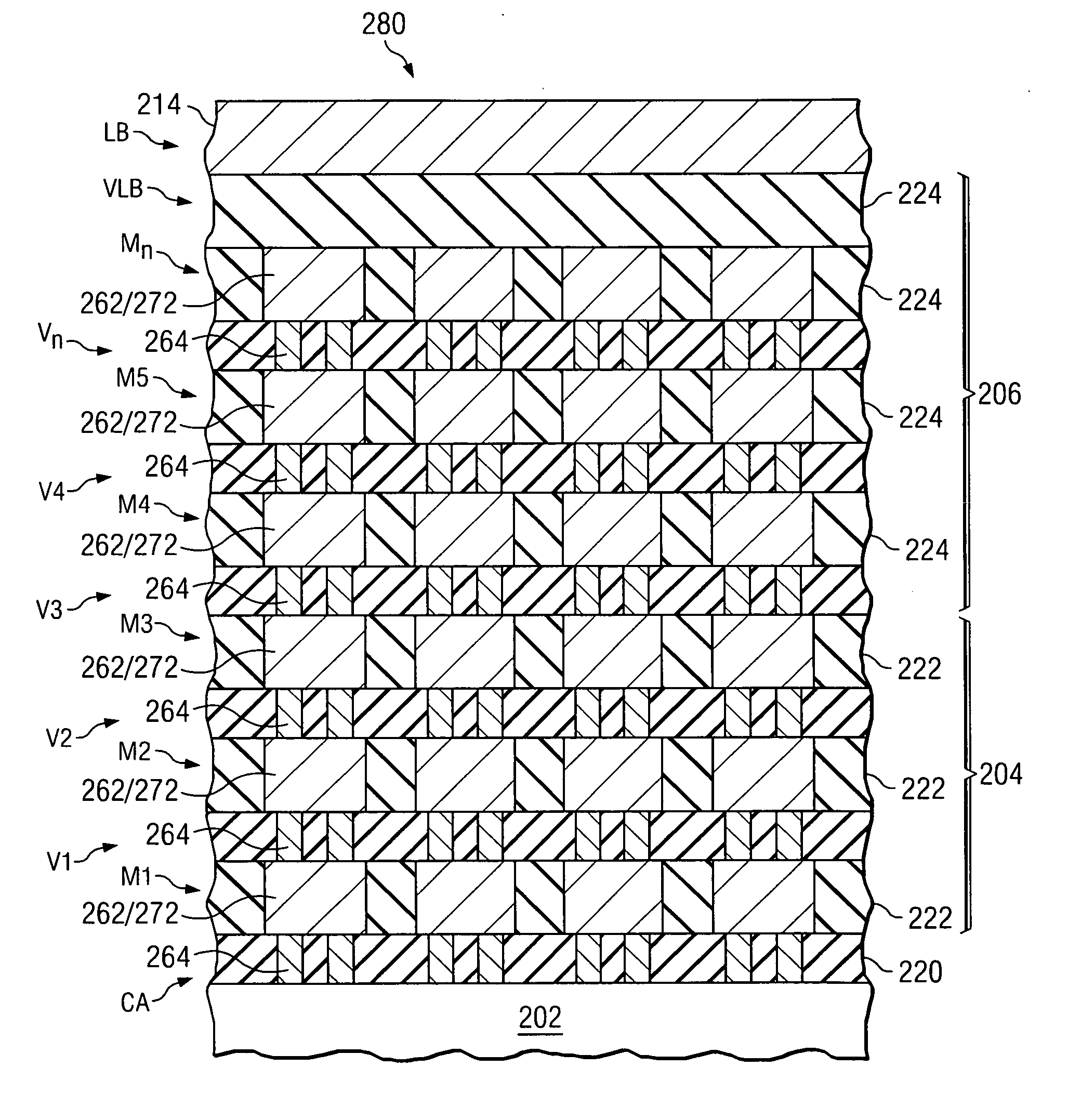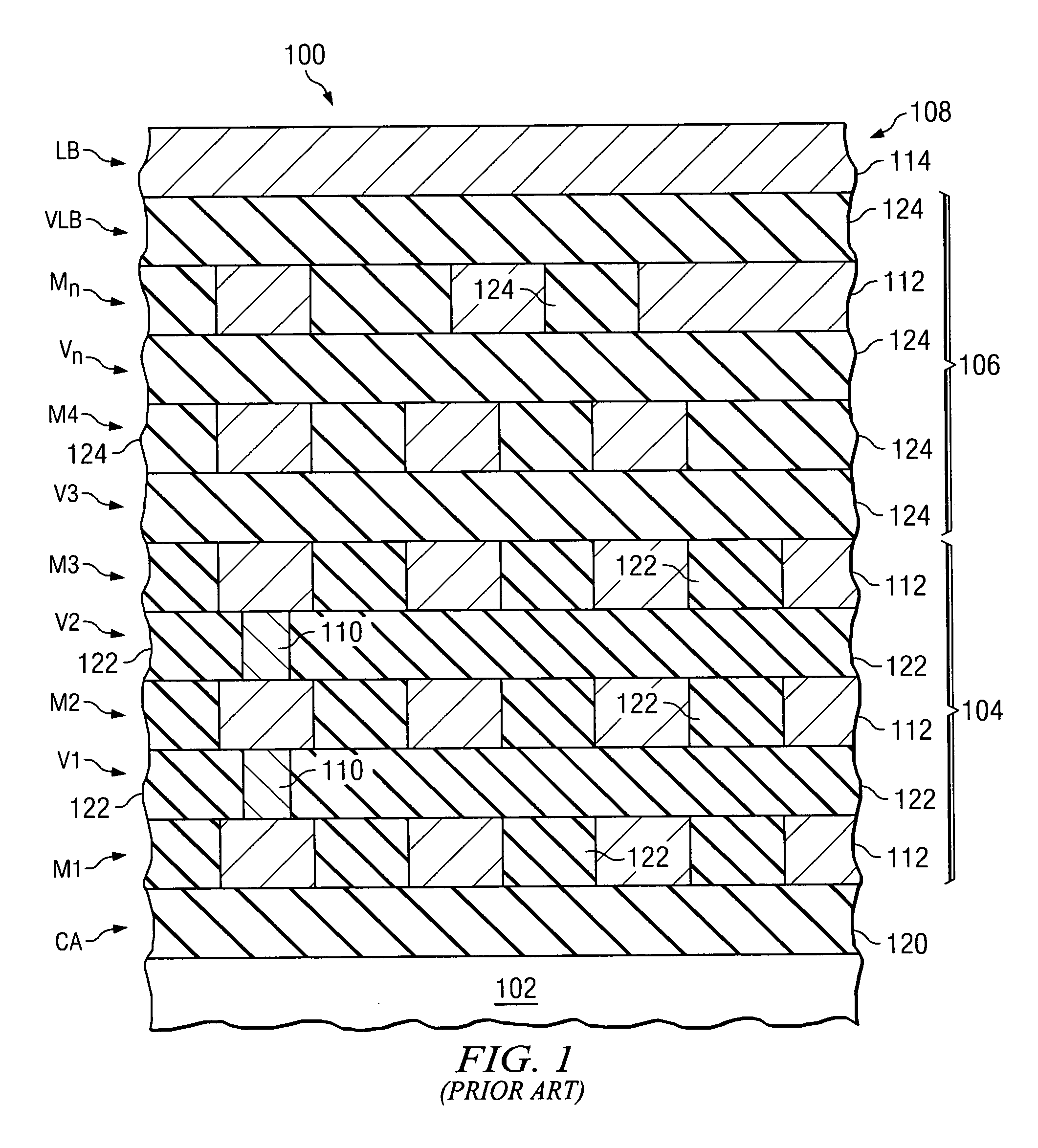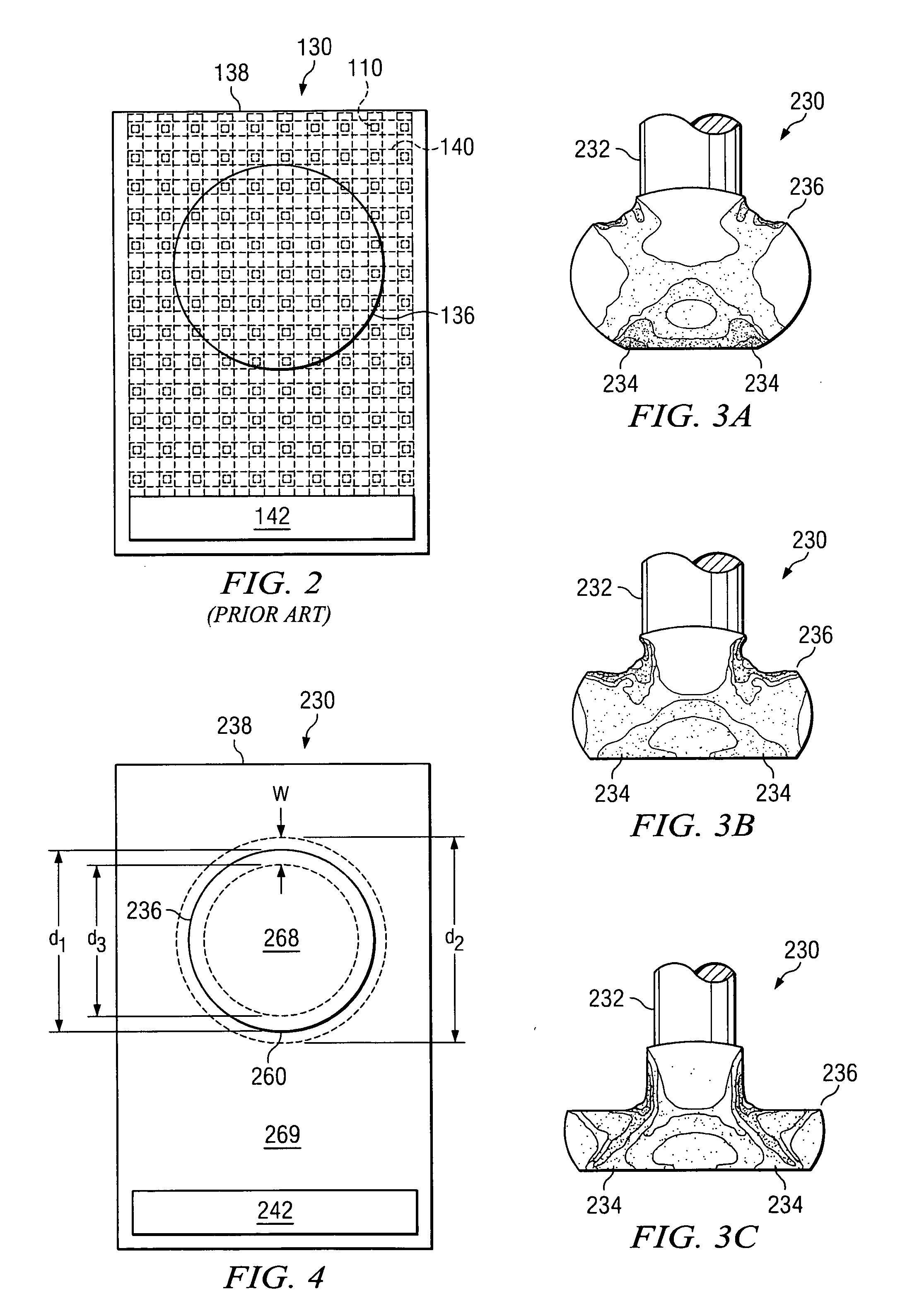Support structures for semiconductor devices
a technology of support structure and semiconductor device, which is applied in the direction of semiconductor device, semiconductor/solid-state device details, electrical apparatus, etc., can solve the problems of limiting the time required for transistors to charge capacitive loads, limiting the performance of integrated circuits, and many large ultra-large-scale integration (ulsi) circuits. achieve the effect of stable mechanical structure and space saving
- Summary
- Abstract
- Description
- Claims
- Application Information
AI Technical Summary
Benefits of technology
Problems solved by technology
Method used
Image
Examples
Embodiment Construction
[0031] The making and using of the presently preferred embodiments are discussed in detail below. It should be appreciated, however, that the present invention provides many applicable inventive concepts that can be embodied in a wide variety of specific contexts. The specific embodiments discussed are merely illustrative of specific ways to make and use the invention, and do not limit the scope of the invention.
[0032]FIG. 1 shows a cross-sectional view of a prior art semiconductor device 100 having a multi-level interconnect structure disposed beneath a bond pad 114. The semiconductor device 100 includes a workpiece 102 that may comprise a semiconductor substrate having active components such as transistors and other devices formed thereon. A plurality of insulating layers 120, 122, and 124 with vias and conductive lines 112 formed therein is disposed over the workpiece 102. A bond pad 114 is formed in a top-most layer LB, disposed in an insulating layer 108. The contact array lay...
PUM
 Login to View More
Login to View More Abstract
Description
Claims
Application Information
 Login to View More
Login to View More - R&D
- Intellectual Property
- Life Sciences
- Materials
- Tech Scout
- Unparalleled Data Quality
- Higher Quality Content
- 60% Fewer Hallucinations
Browse by: Latest US Patents, China's latest patents, Technical Efficacy Thesaurus, Application Domain, Technology Topic, Popular Technical Reports.
© 2025 PatSnap. All rights reserved.Legal|Privacy policy|Modern Slavery Act Transparency Statement|Sitemap|About US| Contact US: help@patsnap.com



